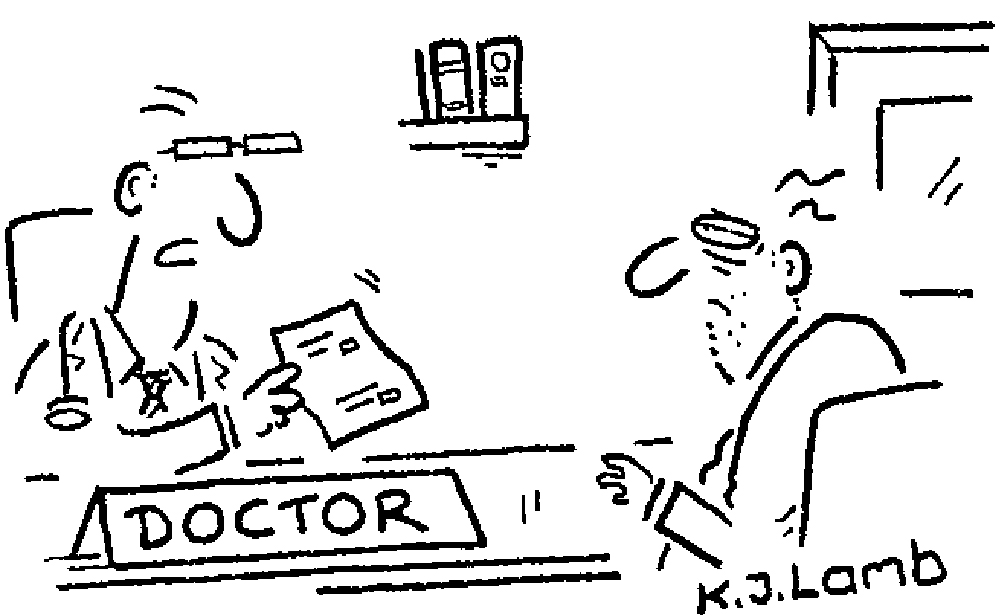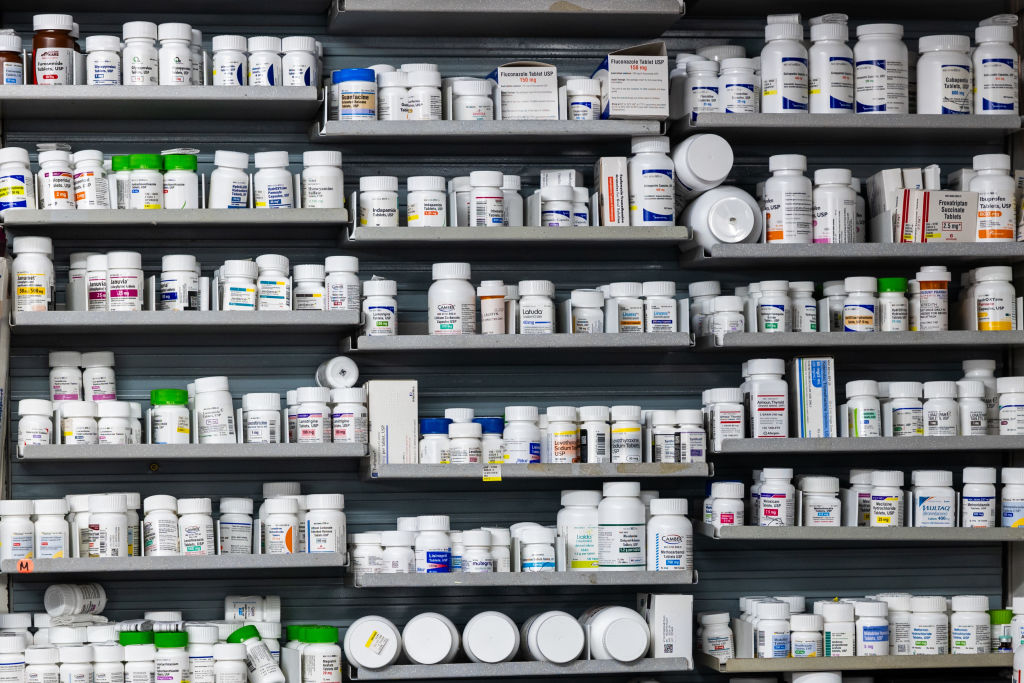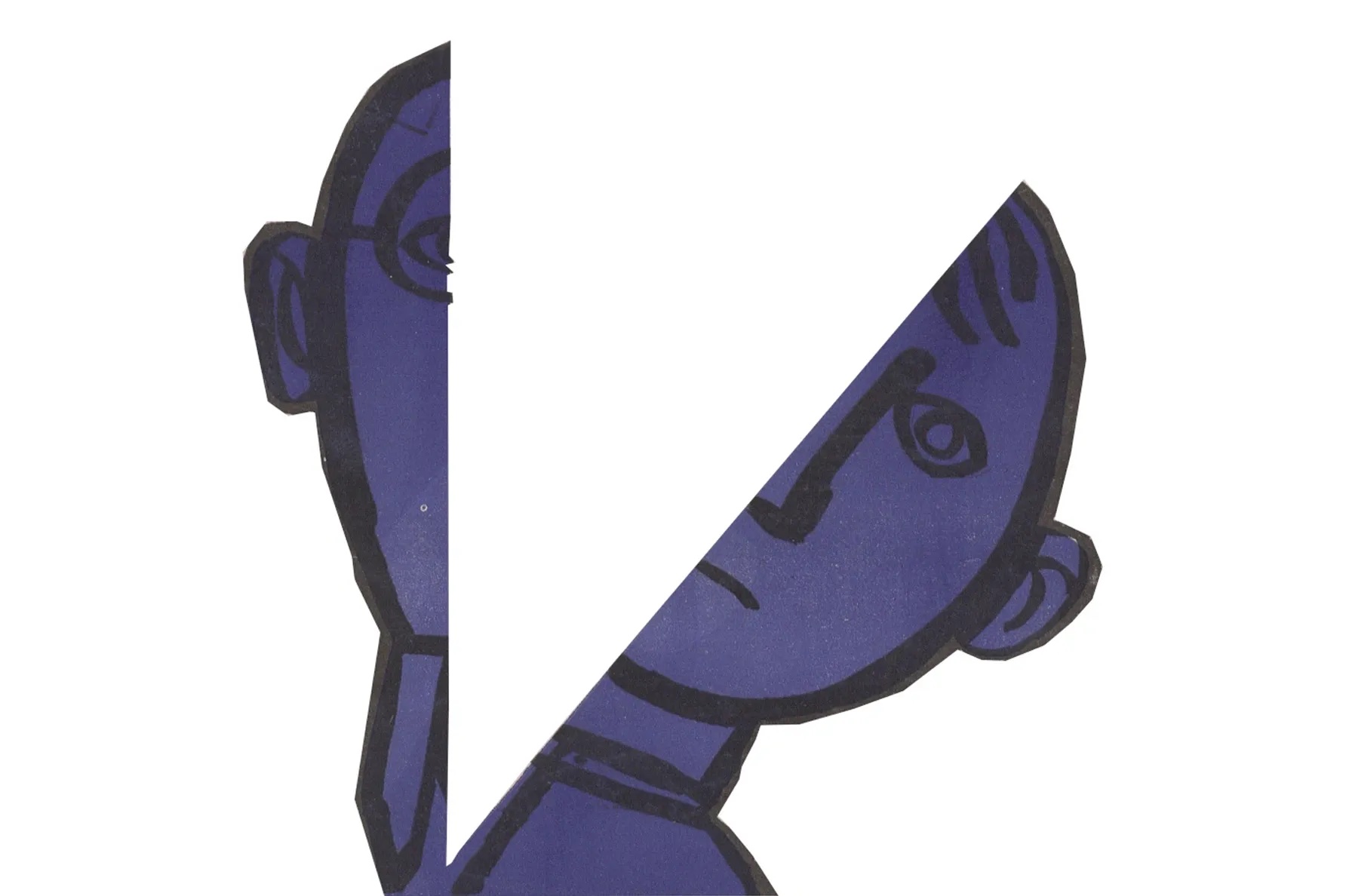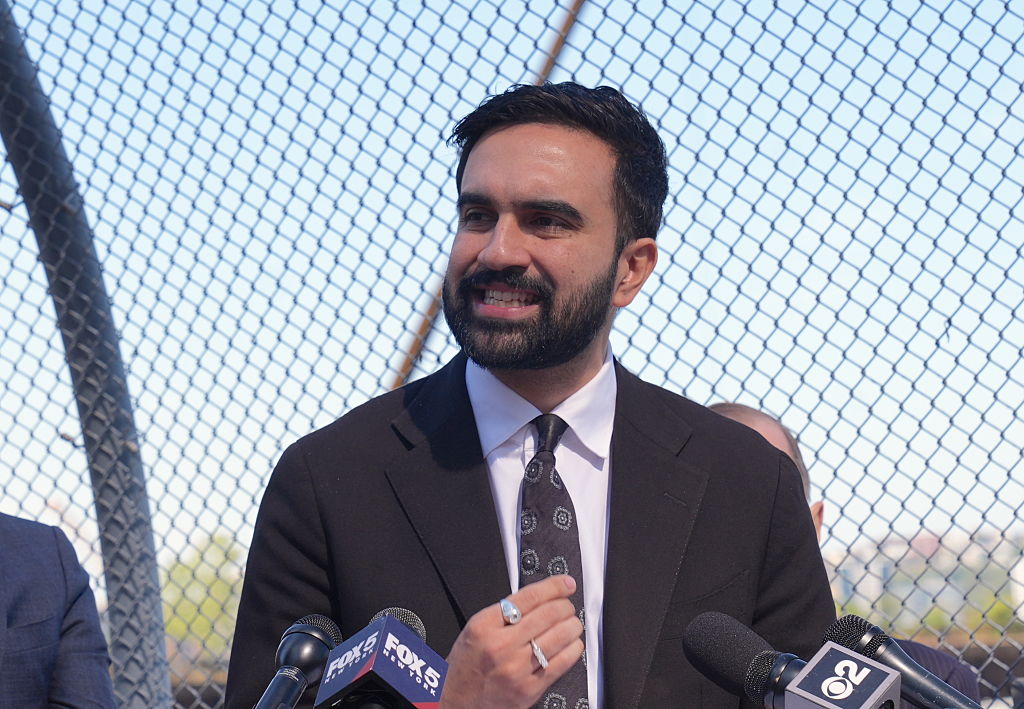I was diagnosed with ADHD in my freshman year of college. I’d suspected as much in high school, but I disliked the idea of taking medication. College was different. No matter what I tried, I kept finding gaps in my notes – and therefore gaps in my knowledge on test day.
While I was prescribed so-called “smart drugs,” I didn’t delude myself into thinking they would magically make me more intelligent – which is why I laughed when I saw the ADHD research industry perform a volte-face in the pages of the New York Times, in a piece headlined: “Have we been thinking about ADHD all wrong?” The obvious answer is yes.
Taking a medium-strength daily dose of Adderall triples a person’s odds of developing psychosis or mania
Medications for ADHD, such as Adderall and Ritalin, have long been pushed as a way to increase academic performance. But they do no such thing, according to research cited by the Times. While they have a big impact on concentration, they have a minimal impact on grades. ADHD may not need to be treated using quite as much medication as the industry has led us to believe, the research explains. Scientists used to think of it as a purely biological condition, but now view it as one “produced by some combination of biological and environmental forces.” This means it may not last for a lifetime.
Don’t get me wrong: I took Adderall for the rest of my time at the University of Dallas and I’m grateful for it. ADHD is real. However, it’s certainly not a disability. The medication improves your ability to focus – but it’s not a perfect solution. It helps in the same way that coffee helps you when you’re short on sleep: temporarily.
You still need to develop good study and work habits. For me, this meant taking notes by hand and leaving my phone and laptop in my backpack while in class or doing homework. You can’t get distracted by Twitter or ESPN if you can’t access the internet.
And while ADHD medication can change children’s behavior in the classroom, it can’t improve how they learn. As F. Xavier Castellanos, a neuroscience researcher at New York University put it: “There’s a real disconnect between the almost awesome effects on behavior and the minimal effects on academic achievement or attainment… kids do more seatwork – you can see that they’ve done more problems – but then when you test them a week or two later, their scores barely budge.”
That’s why I laughed reading the Times article. What seemed to be almost staggeringly new to the scientists was obvious to me. Medication will only help those who struggle to learn because they can’t pay attention. Most kids with ADHD need more than a pill in order to succeed. But while I may find scientists’ bewilderment somewhat amusing, the rate at which they prescribe these stimulants to children, while downplaying their side effects, is not.
In 2022, American doctors wrote almost 80 million prescriptions for ADHD stimulants. Last year, 11.4 percent of US children were diagnosed with the disorder, a record high. That figure includes 15.5 percent of adolescents, 21 percent of 14-year-old boys and 23 percent of 17-year-old boys. Seven million children had been diagnosed with ADHD in 2022 – up from six million in 2016 and two million in the mid-1990s.
Perhaps to justify these numbers, the researchers in the Times article understated concerns over the medications’ side effects. “At some level,” one researcher said, “these stimulants are not that far from Red Bull.”
I imagine Red Bull would be thrilled to hear that, but it’s simply not true. Stimulants such as Adderall may resemble caffeine in their primary effects, but their side effects – both when taking the medication and when stopping it – are very different.
What happens when dedicated coffee drinkers go cold turkey? They get a splitting headache. Quitting ADHD stimulants is much worse. People often experience extreme fatigue, headaches and a craving for sweets or some sort of dopamine hit. I have friends who dealt with pretty sharp mood swings, bordering on depression. I can only imagine how problematic that could be for kids already struggling with teenage angst.

More importantly, the American Journal of Psychiatry found that taking a medium-strength daily dose of Adderall triples a person’s odds of developing psychosis or mania. Adderall and Ritalin also severely suppress appetite, which may be why another study found that kids prescribed Ritalin grow up to be an inch shorter, on average, than their peers. And consistent stimulant usage raises the resting heart rate and puts young adults at risk of serious heart damage at a young age. These risks aren’t worth it – unless medication is a true last resort.
Sometimes, the traits that are disadvantageous in a classroom may help in other settings. For example, I can’t study in crowded settings because I constantly look up if I see movement out of the corner of my eye. It’s quite unhelpful for studying, but served me well on the lacrosse field.
Surely there are other – better – ways to help a child who is struggling at school than to accept medication as an easy option. Consider this: the mere presence of a smartphone reduces a child’s basal attentional performance. It doesn’t matter if they are using the phone: if they know it is nearby, their involuntary attention system listens for chimes or vibrations. Diet also plays a part. Parents have long suspected a link between artificial food coloring and hyperactivity in kids. But science has confirmed it: a 2021 UC Berkeley study found that consuming synthetic food dyes can cause hyperactivity.
Instead of handing children amphetamines, try taking away the Skittles and cell phone when it’s study time. You may be surprised at the results.
This article was originally published in The Spectator’s June 2025 World edition.


























Leave a Reply